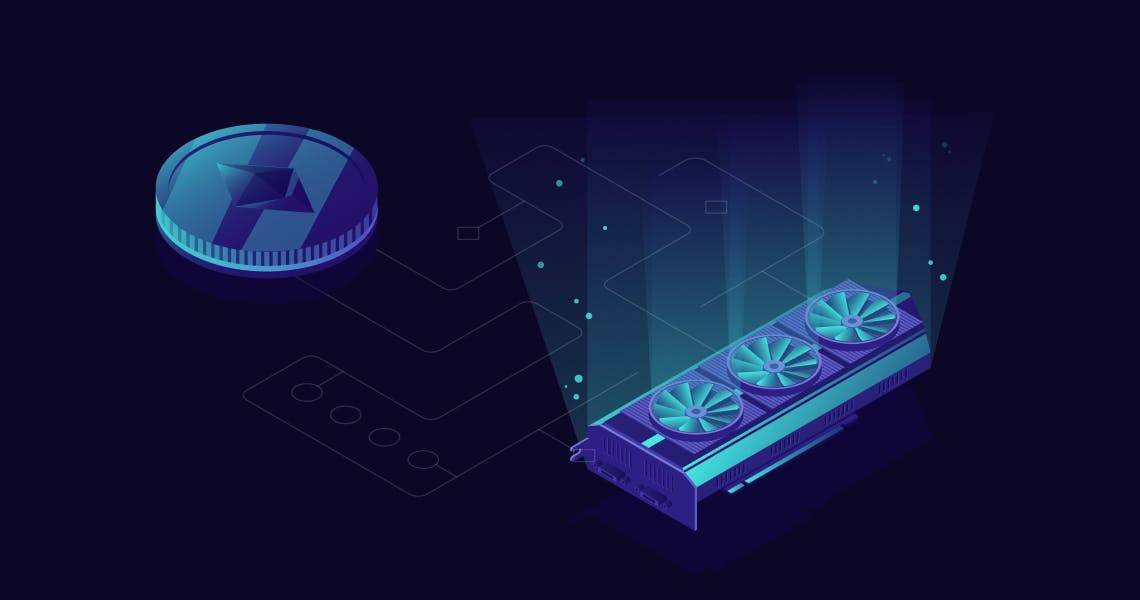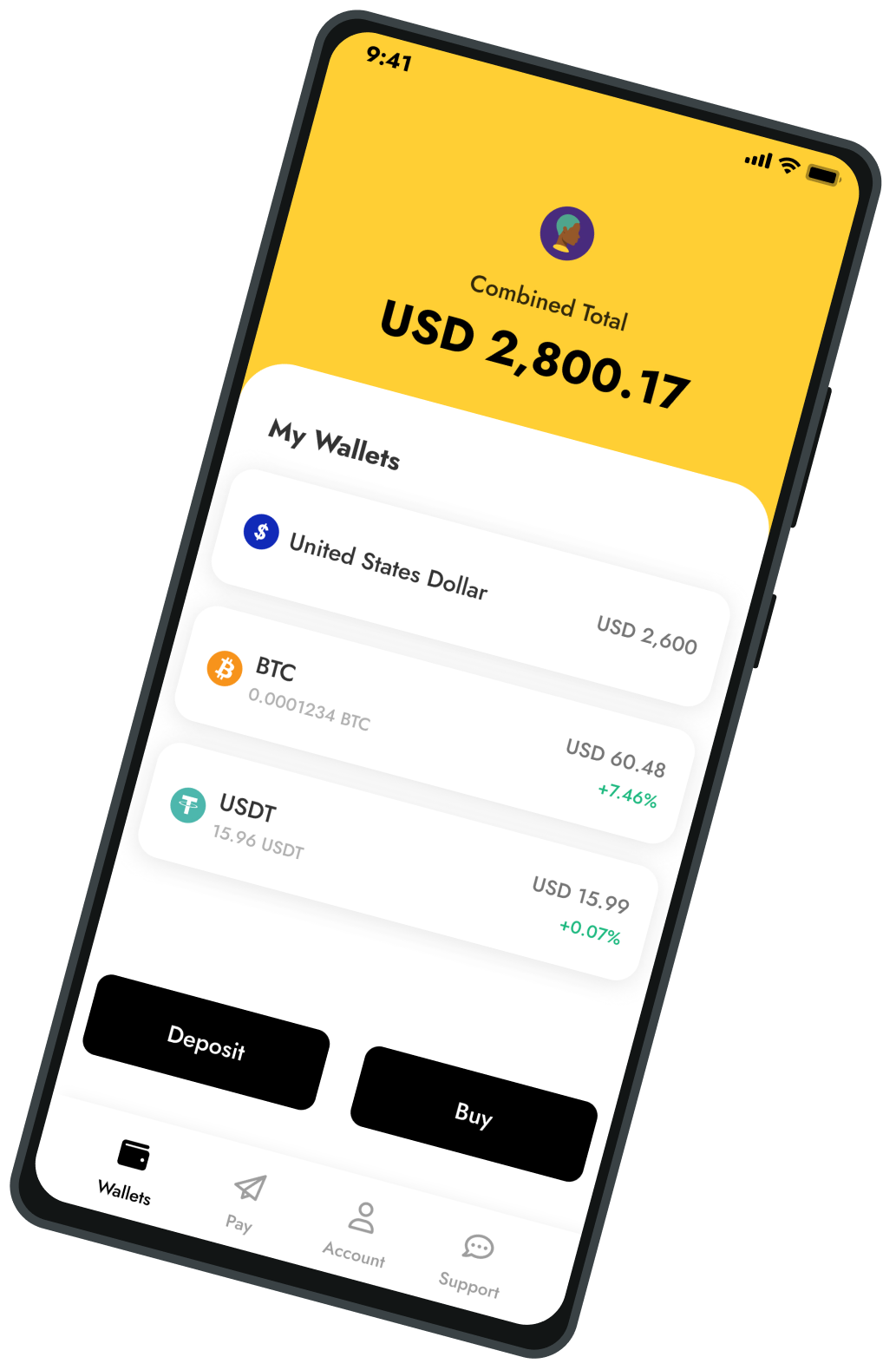5 DeFi projects making waves in 2021
Insights
Back to blog
Tami
April, 14 2021
Insights
If you are an avid follower of all things blockchain then you’ve probably heard about the emerging industry called DeFi. With its ecosystem growing massively from $4 billion to over $14 billion between July and November of 2020, it’s no wonder it is on the lips of everyone.
And with a boom in the ecosystem, there are a lot of Decentralised Finance projects to watch but before we go further let’s explain a bit on what DeFi is and why it matters so much.
Starting from the top
For every transaction you make at your favourite grocery store, there are three parties. There’s you, your bank or some other financial institution and finally, there’s the grocery store. This is called Traditional Finance.
Traditional finance refers to basic digital payments like Visa. When you are at the grocery store and you pay for the items bought with your credit card, a financial institution stands as the middleman between you and the store. They have the authority to control this transaction and can stop it, pause it or record it. With DeFi, these middlemen are cut off.
So, what is DeFi?
Decentralised Finance - codename DeFi, is basically an upgrade of traditional finance. It is a general term for financial services in cryptocurrency using smart contracts to eliminate the need for intermediaries like banks.
DeFi, like Bitcoin, is built on the blockchain network, the technology that allows multiple entities to hold copies of transactions so that it is not controlled by a single authority.
This provides easier access to financial services and gives users full control over their money. Most DeFi applications are powered by Ethereum, the second-largest cryptocurrency platform in the world.
Unlike traditional finance that require financial institutions like banks to act as middlemen, DeFi applications do not need intermediaries, the code deployed on blockchain specifies the resolution for every dispute and eliminates single points of failure.
Now that you know more about DeFi, here are the hottest projects to look out for in 2021.
Kava
Kava Labs is a DeFi lending platform allowing users to create collateralised debt positions in exchange for USDX stablecoins.
Basically, what Kava does is offer the services of a traditional banking institution on a decentralised platform. This allows users of Kava to deposit crypto assets such as BTC, BNB, BUSD, XRP, HARD and Kava’s native Token, KAVA as collateral, and obtain quick loans without the rigorous KYC and AML regulations of traditional banks.
Loans on Kava are given in USDX, a stablecoin soft pegged to the US dollar. To access these loan a user would need to visit Kava.io and lock-in a minimum amount of one of the supported crypto based on the collateralisation ratio of that crypto to mint the USDX which would be available to them as loan.
For instance, if the user chooses XRP and the collateralisation ratio of XRP is 150%, the user would have to lock-in a minimum of $1.50 worth of XRP. So, for every $1.50 worth of XRP locked in, 1 USDX is minted and will be available for the user to get as a loan. This locked crypto is what will serve as collateral against the USDX loan borrowed.
In addition, Kava allows users to stake their crypto assets and earn interest on their collateral which allows Kava to mint more USDX token while keeping users’ collateral safe.
With a market cap of almost $100 million, KAVA token trades predominantly on Binance exchange at just above $2 but has utility beyond trading. The Kava token serves as security in maintaining the Kava network and validating transactions. Holders of KAVA are also responsible for governing the protocol and voting on smart contracts proposals.
Uniswap
According to their website, Uniswap is a “decentralised protocol for automated liquidity provision on Ethereum”. It is an exchange system operating on the Ethereum blockchain that allows anyone to swap ERC20 tokens.
To fully understand how Uniswap works, it helps to understand traditional trading. Every time you buy bitcoin (BTC) from Binance, they become your middleman. They take your money and buy the crypto asset off something called an exchange order book: a list of buyers and sellers. Whatever price you get for the bitcoin bought is the price that another party has pre-agreed to buy or sell at.
What Uniswap does is that it takes away the need for the middleman and the order book used to determine prices and execute trades. But if there are no order books, how can Uniswap know the price a crypto asset is currently buying or selling for? Instead of an order book, Uniswap uses a mechanism called Automated Market Making (AMM). This allows the exchange to always provide a price without buyers and sellers having to pre-list their orders.
Rather than rely on an order book, Uniswap has investors pull their Ethereum-based asset into their smart contracts in exchange for a percentage of the transaction fees. To become an investor, you need to create a trading pair. For example, a USDC-ETH trading pair, which allows you to swap USDC for ETH and vice versa. You also need to contribute USDC and ETH in equal amounts.
When investors pool their assets into Uniswap they get a liquidity token which is pretty much like owning stock. This token is a claim on a part of the total pool and the accrued transaction fees. The more trades are made, the more these investors accrue transaction fees.
Uniswap recently reached $20 billion in monthly volume making it the 4th largest spot exchange in the world. It has over 300,000 monthly active users and 72,000 investors who are expected to receive $75 million in fees for January 2021.
Compound
Compound is a decentralised blockchain-based protocol that allows you to lend and borrow crypto. It is also built on Ethereum and allows the borrowing and lending of a specific set of cryptocurrencies: Sai (SAI), Dai (DAI), Ether (ETH), USD Coin (USDC), Ox (ZRX), Tether (USDT), Wrapped BTC (WBTC), among others.
Compound was the first to introduce yield farming which in many ways is similar to crypto. On Compound, users lock up an amount of crypto in large farming pools and get rewarded based on the amount of cryptocurrency they locked up and for how long it was locked up. By doing this, users contribute to a large lending pool and receive rewards in the form of tokens.
Others can then be able to borrow short term loans from the lending pool. These loans hold interest rates that are then shared between the lender and the lending pool.
With Compound, anyone can get a loan, credit checks are not required and the funds are sent out immediately. It also helps users get passive income by lending out their ideal crypto instead of waiting in the hopes that it would increase in value.
COMP, which is the primary governance token for the network, allows delegates and token holders to make important protocol decisions by voting. With a market cap of over $900 million, COMP has a circulating supply of over 4 million coins and is presently trading at $220
Yearn.Finance
Yearn Finance is a gateway for various yield-generating DeFi products. According to Jesse Walden of Variant Fund, “the unifying goal of all Yearn products is to create this simple intuitive interface to all of DeFi.”
Yearn is an Ethereum-based protocol particular about providing its users with access to the highest yields on deposits of cryptocurrencies. To do this, Yearn has created a system of automated incentives around its YFI cryptocurrency. It practises yield farming in which users lock up crypto assets in a DeFi application in order to earn even more crypto based on the amount they have locked up and for how long.
It does this through its main feature called Vaults, a collection of investment strategies designed to generate the highest returns from other DeFi projects. Vault focuses primarily on stablecoins, ether and chainlink among others.
YFI which is the native cryptocurrency of Yearn.Finance allows users to vote on which direction they want the protocol to go. Since it launched in July, YFI has become one of the largest Ethereum-based tokens with almost 30,000 coins in circulation.
Chainlink
Chainlink is a decentralised oracle network that provides data and information from off-blockchain sources to on-blockchain smart contracts. Chainlink supplies data to smart contracts in a decentralised way or from multiple sources.
Chainlink is trying to solve the problem of communication to and from blockchains. This task is usually accomplished with sensors known as oracles which can monitor anything from the weather to the value of a stock. Since oracles are centralised, the Chainlink ecosystem solves the problem by turning requests into blockchain events.
Chainlink’s native token LINK is the 12th largest crypto by market cap (over $8 billion) and is currently trading at a little over $20.
Capping it off
DeFi is a campaign that supports and advocates for the development of decentralised applications (dApps) built on a transparent framework. Presently, there are three major functions of DeFi:
- Creating monetary banking services;
- Developing platforms for peer to peer lending and borrowing and
- facilitating advanced financial instruments like DEX, prediction markets, derivatives and tokenisation platforms.
DeFi is taking traditional finance and gearing it towards a decentralised world without the need for intermediaries thereby reducing costs and improving security.



